
Pet Supplies Export Certification and Testing
In overseas markets, smart technology is driving the upgrade of the pet supplies industry. Smart pet products, such as intelligent feeders, smart dog collars, and automatic cat litter boxes, are becoming increasingly popular among consumers. These products integrate advanced technology to enable automated pet feeding and health management, significantly enhancing convenience and efficiency for users.
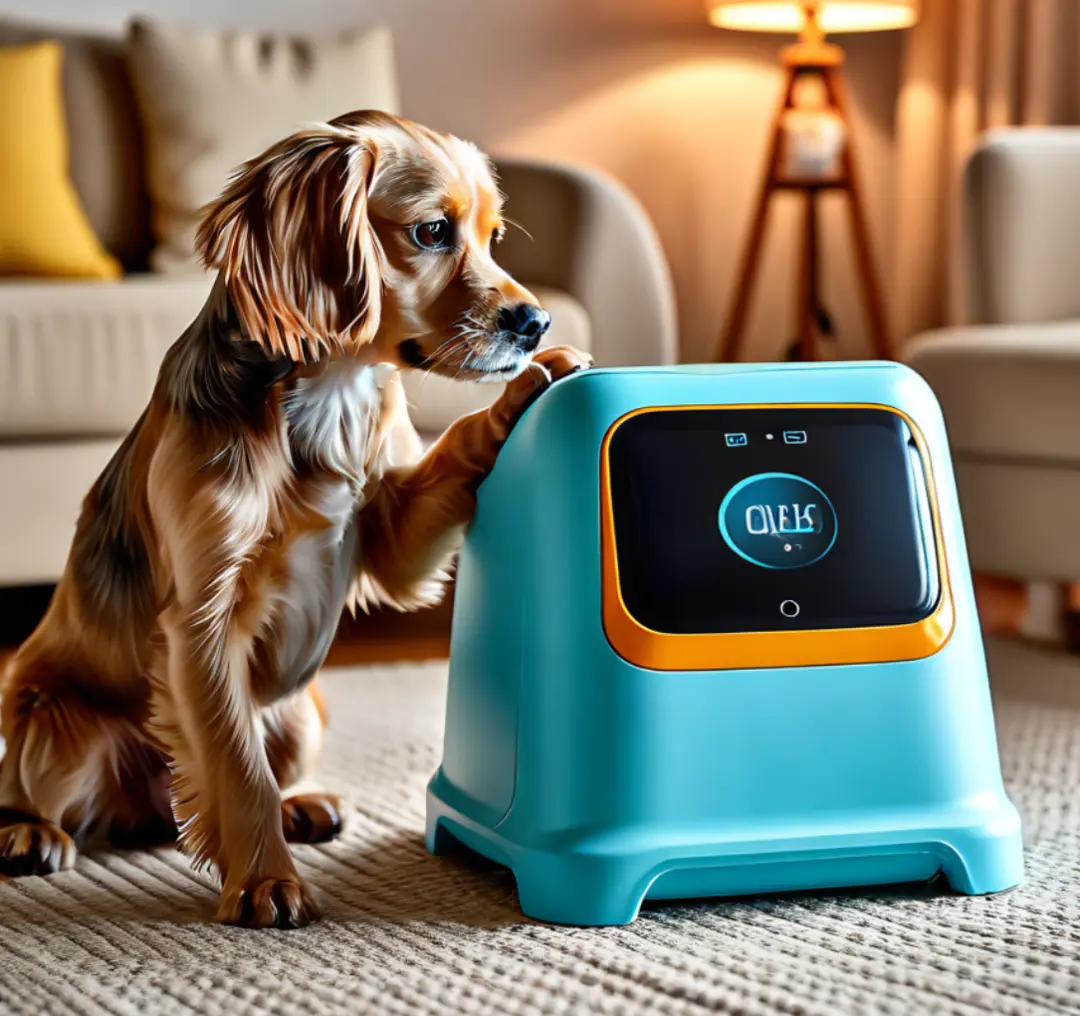
Additionally, the rise of cross-border e-commerce platforms has provided strong support for pet supply companies to enter international markets. The export certification requirements for pet supplies vary depending on the country or region.
Export Certification Requirements for the U.S. and European Markets
The U.S. and European markets impose strict quality and safety requirements on pet products. For example, pet toys exported to the U.S. must obtain ASTM certification, while those exported to Europe require EN71 certification. These regulations ensure the safety of pet products but also create high entry barriers for brands.
Currently, China's export volume of smart pet appliances continues to grow, with the EU market accounting for a significant share. To sell smart pet appliances in the EU, businesses must comply with a series of regulations and standards to ensure product safety, compliance, and quality.
Key Information for Pet Product Exports to the U.S. and European Markets
U.S. Market
- FDA Registration & ComplianCE certification: Pet food must be registered with the U.S. Food and Drug Administration (FDA) and submit compliance documents that meet U.S. safety and quality standards.
- CPC Certification (Children’s Product Certificate): Although primarily for children's products, some pet supplies that may be handled by children (e.g., toys) must obtain this certification to demonstrate compliance with relevant safety rules and third-party lab testing approved by the CPSC.
- ASTM Standards: Used for evaluating the safety of pet toys and supplies to ensure they do not pose harm to pets.
- CPSIA: Total lead + phthalates
- ASTM F963: Toy safety standards
- 16 CFR Part 1501: Small parts regulation (for toys)
- 16 CFR Part 1510: Rattle toy requirements (only for rattles, covered by ASTM F963)
- 16 CFR Part 1505: Electrical toy safety standards (for electric toys)
European Market
1. CE Certification
- CE Marking: Smart pet appliances entering the EU must have CE marking, which is a mandatory safety certification indicating compliance with EU directives and standards.
- Applicable Standards: CE certification for smart pet appliances typically includes requirements for:
- Electromagnetic Compatibility (EMC)
- Low Voltage Directive (LVD)
- Radio Equipment Directive (RED) for wireless devices
- RoHS Compliance for electronic and electrical equipment
2. Regulations & Directives
- Toy Safety Directive: If a smart pet device is classified as a toy or contains toy components, it must comply with the EU Toy Safety Directive (2009/48/EC) and potentially meet EN71 series standards.
- Other Relevant Regulations:
- REACH: Regulation on the Registration, Evaluation, Authorization, and Restriction of Chemicals
- RoHS: Restriction of Hazardous Substances in electrical and electronic equipment
3. Major Smart Pet Products & Their Compliance Standards
1. Pet Feeding & Watering Devices (e.g., automatic feeders, smart water dispensers)
- CE Standards:
- CE-LVD: IEC/EN 62388
- CE-EMC: IEC/EN 5501-1, IEC/EN 5501-2
2. Pet Hygiene & Care Devices (e.g., automatic cat litter boxes, pet drying chambers)
- CE Standards:
- CE-LVD: IEC/EN 62388
- CE-EMC: IEC/EN 5501-1, IEC/EN 5501-2
- For devices with lighting features:
- CE-LVD: IEC/EN 60598
- CE-EMC: IEC/EN 55015, IEC/EN 61547
3. Pet Health & Monitoring Devices (e.g., smart collars, pet trackers, home monitoring cameras)
- EMC Testing Standards:
- en55032, EN55035
- EN301 489-1, EN301 489-17
- EN301 489-19, EN301 489-52 (for 4G)
- RF Testing Standards:
- EN300 328, EN303 413 (GPS)
- EN301 908-1, EN301 908-13 (4G)
- sar testing Standards:
- EN50566, EN62209-2 (for body SAR)
- EN62479 (EMF hazard assessment)
- Note: EN50360, EN62209-1 (for head SAR)
- LVD Testing Standards:
- EN62368-1
4. Pet Grooming & Care Appliances (e.g., pet hair dryers, pet electric clippers)
- CE Standards:
- CE-LVD: IEC/EN 60335-1
- CE-EMC: IEC/EN 55022, IEC/EN 55024
- CE-EMF: EN62233
Pet Product Certification Requirements & Considerations
- Product Name: e.g., “Pet Toy,” “Pet Food,” “Cat Litter,” etc.
- Brand Type: Private brand, joint venture brand, or imported brand.
- Usage Description: e.g., “For pet entertainment,” “For pet feeding,” etc.
- Material & Function: e.g., “Leather pet clothing,” “Silicone granule cat litter,” etc.
- Brand Name: Provide the brand name in Chinese or a foreign language.
- Model & Specifications: Clearly indicate dimensions, weight, and other parameters.
Product Inspection & Certification Requirements
- Pet Food: Must comply with the health and quarantine standards of the importing country and provide a veterinary health certificate.
- Toys & Clothing: Must pass relevant safety standards when exported to the EU or the U.S.:
- EU: EN71 (Toy Safety Standard)
- U.S.: ASTM F963
Amazon SPN Compliance Services
As a third-party testing and certification laboratory, China’s JJR Laboratory is recognized by e-commerce platforms such as Amazon and Pinduoduo’s TEMU. It also holds authorization from multiple authoritative certification bodies.
Email:hello@jjrlab.com
Write your message here and send it to us
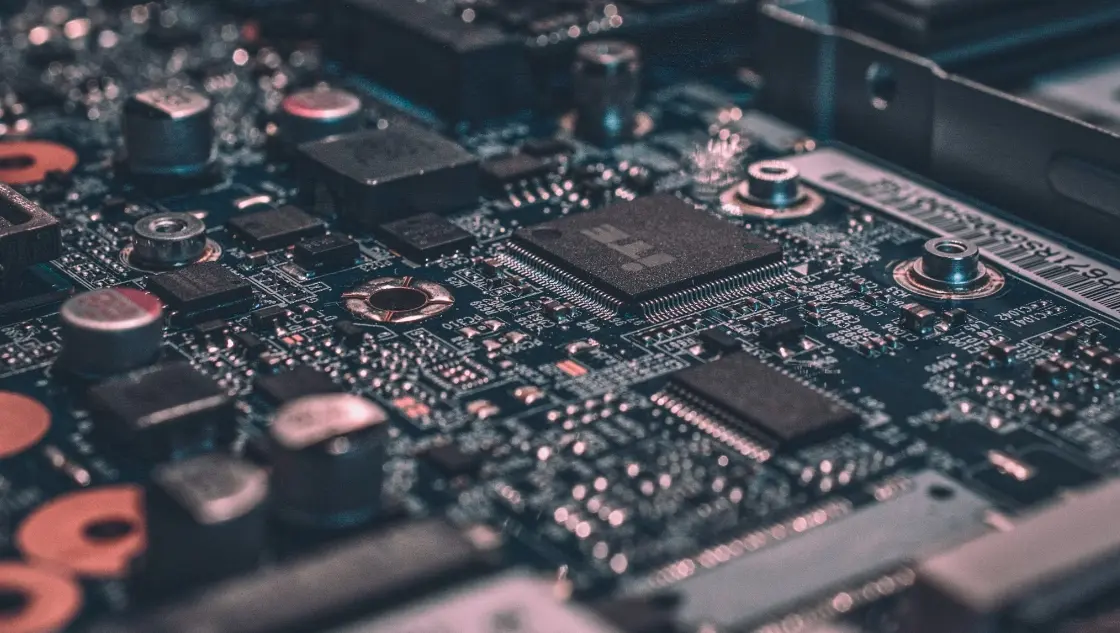 What is the ETSI EN 303 645 Testing Standard?
What is the ETSI EN 303 645 Testing Standard?
 UL Compliance and ETL Certification for LED Lighti
UL Compliance and ETL Certification for LED Lighti
 What is the IEC 60598 Standard?
What is the IEC 60598 Standard?
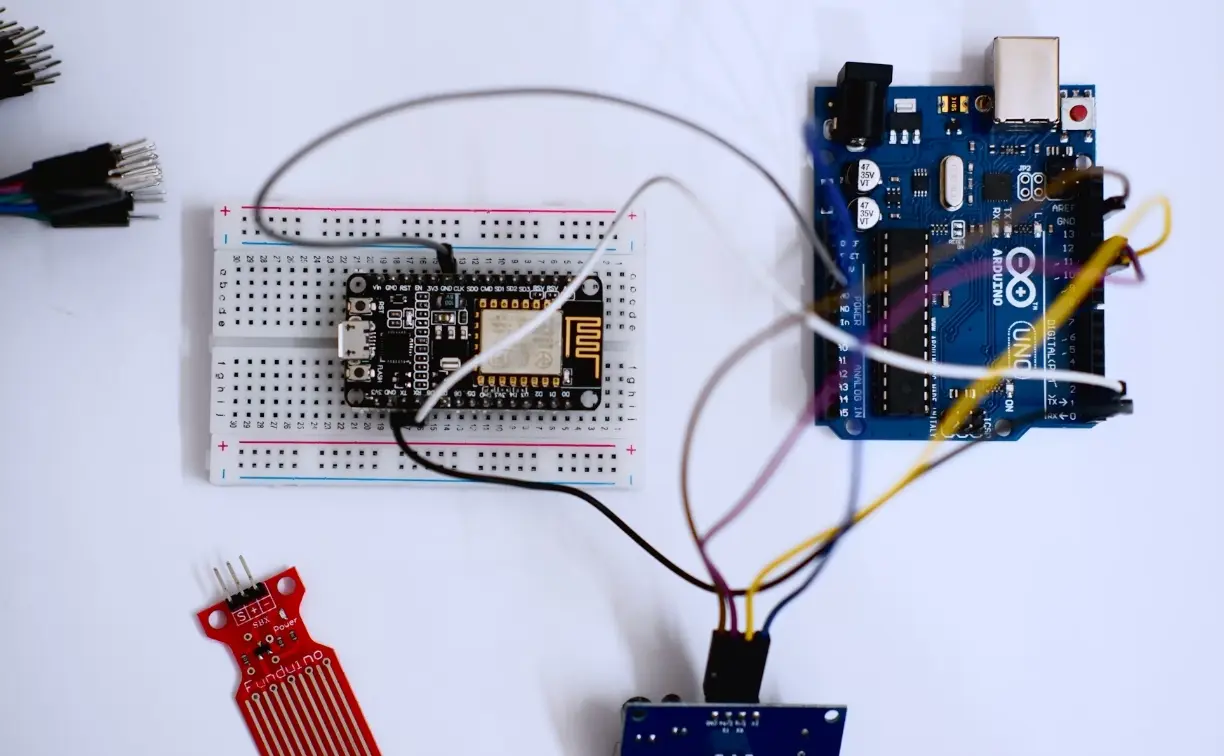 What is the Canada IC Logo?
What is the Canada IC Logo?
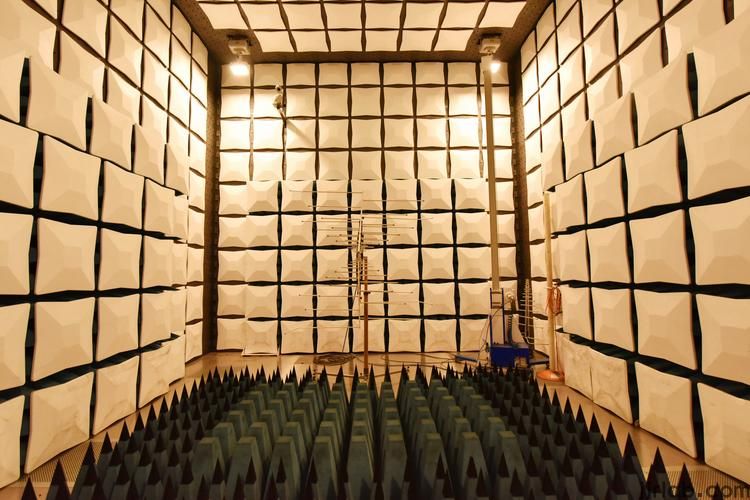 EMC Pre Compliance Testing
EMC Pre Compliance Testing
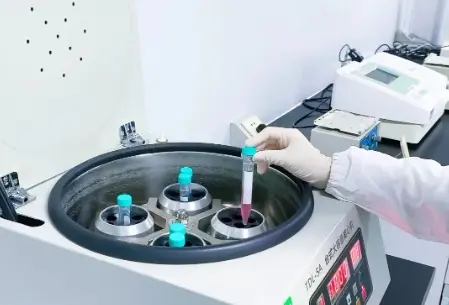 PAHs Testing (Food and Textile)
PAHs Testing (Food and Textile)
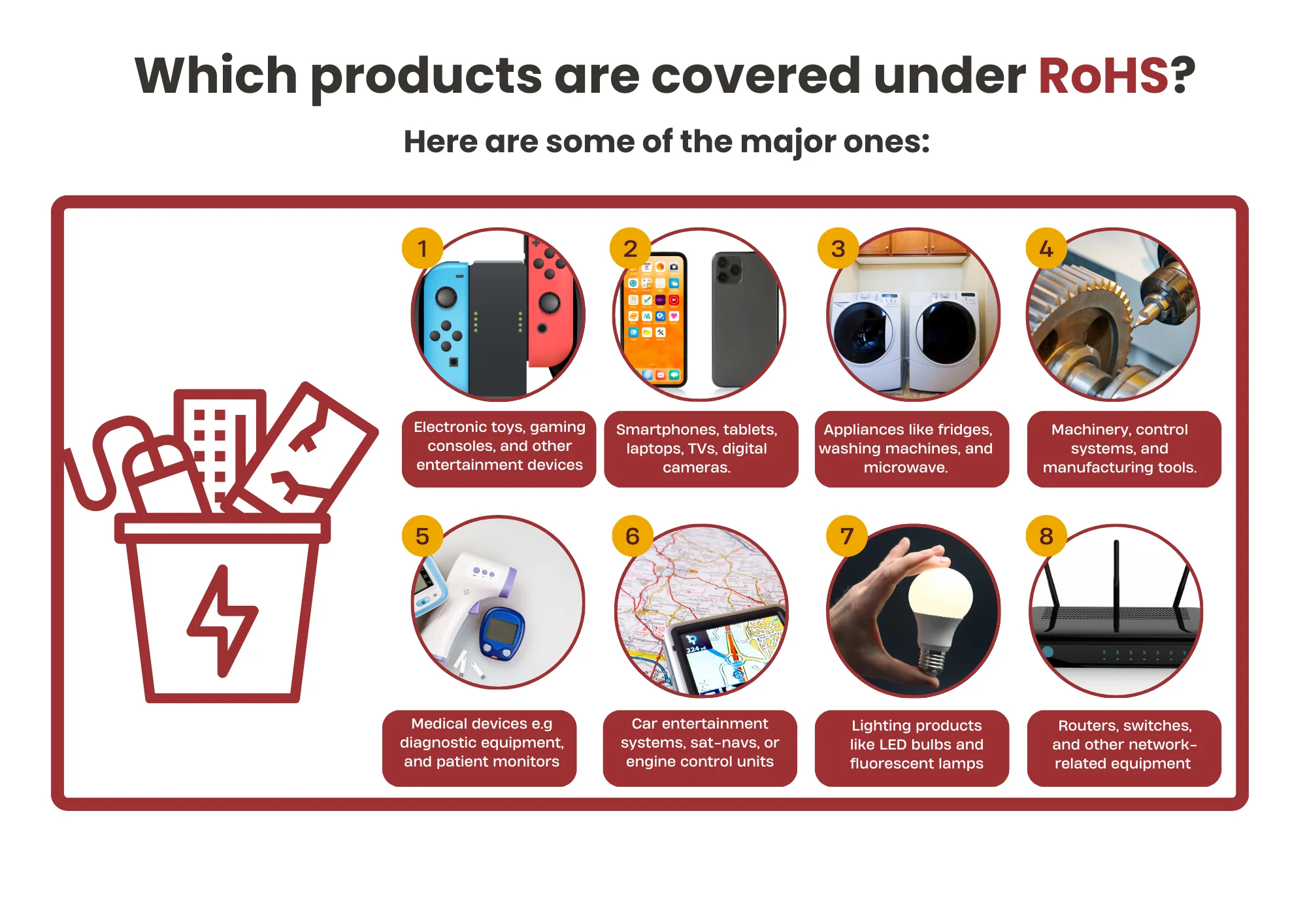 Where to Apply for the EU RoHS Test Report?
Where to Apply for the EU RoHS Test Report?
 Children’s Products and Toy Testing
Children’s Products and Toy Testing
Leave us a message
24-hour online customer service at any time to respond, so that you worry!




